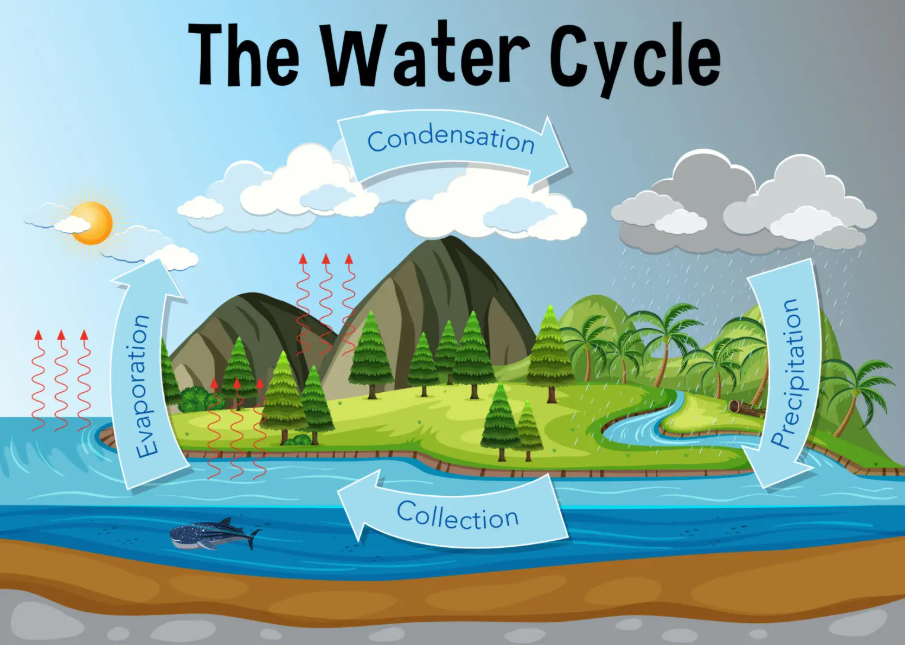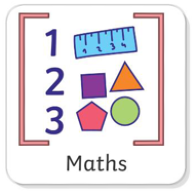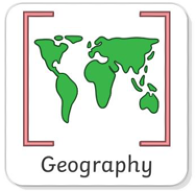Friday
Practice your times tables using TTRockstars.
13.12.24
LC- To multiply with renaming.
45 x 5 =
32 x 6 =
27 x 3 =
14 x 4 =
18 x 2 =
33 x 5 =
79 x 3 =
66 x 6 =
Friday 13th December 2024
LC: To understand the part played by evaporation and condensation in the water cycle and associate the rate of evaporation with temperature.
Recap:
What is the water cycle?
Water on Earth is recycled over and over again; it’s always moving. It is this recycling process that we call the water cycle.

1. Evaporation – water evaporates into the air
The sun heats water on land, rivers, lakes and seas and turns it into water vapour.
The water vapour rises into the air.
2. Condensation – water vapour condenses into clouds
As water vapour in the air cools down, it turns back into tiny drops of water. These tiny drops of water form clouds.
3. Precipitation – water falls as rain
As the amount of water vapour in the clouds increases, the clouds get heavier and heavier. Water falls back to the ground as rain, sleet, or snow if it’s cold enough.
4. Water returns to the sea
As rainwater runs over the land back to rivers and the sea, some is taken up by and used by plants, and some returns to the air through transpiration. Most rainwater collects in lakes or rivers and flows back to the sea for the water cycle to start again.
Task:
We will be making a mini water cycle model and observing water evaporating and condensing inside the bag.
How to instructions:
Can you make a water cycle in a bag? Draw the sun and a cloud on a bag. Add some water and stick it to the inside of a sunny window. Watch as the water evaporates and condenses inside the bag!

What do you think will cause the water to evaporate?
In your books explain the role of evaporation and condensation in the water cycle.
Explain if you think the water will evaporate faster or slower depending on the temperature.






